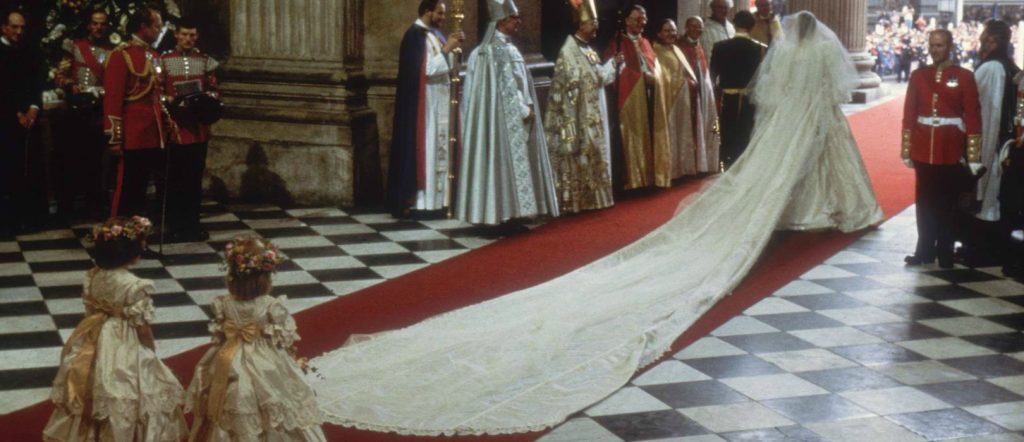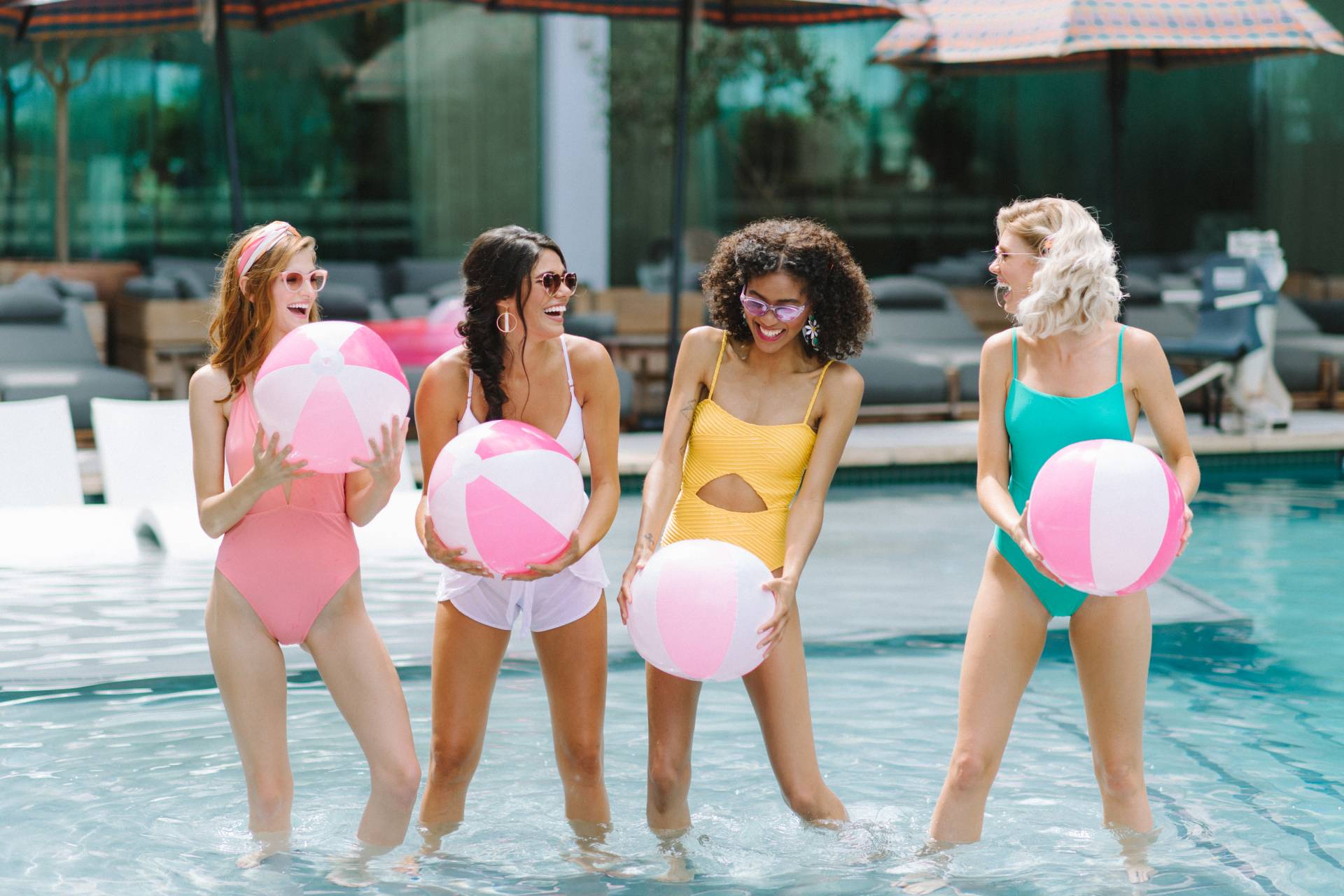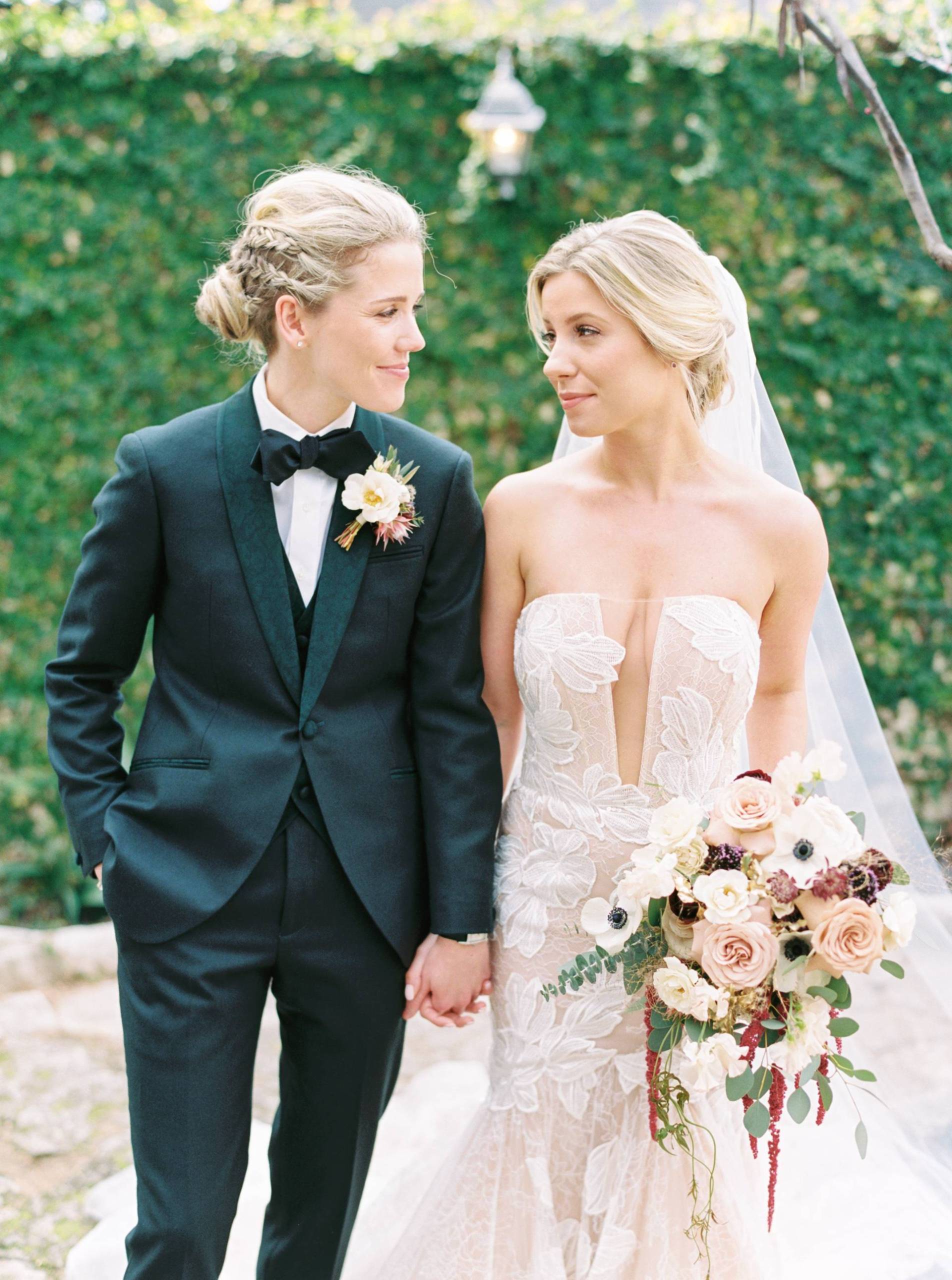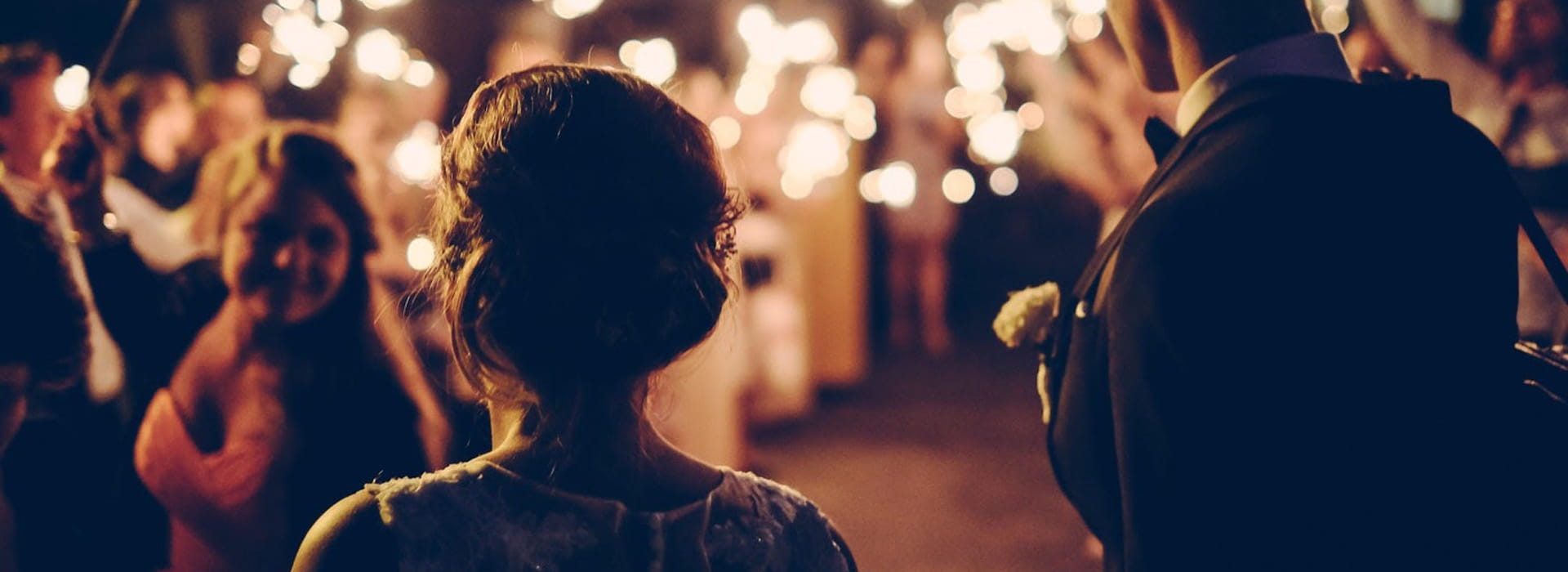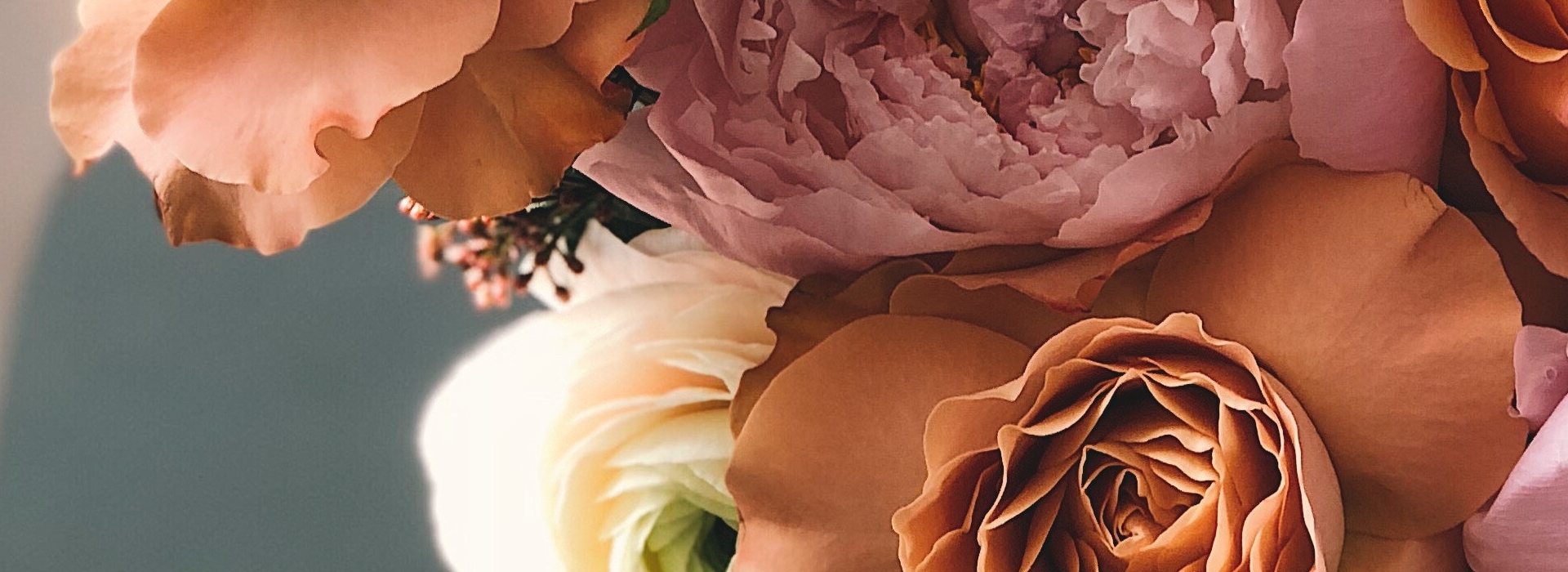While weddings have been around for ages, the wedding industry as we know it was essentially birthed in the 1920s. We’re looking back over 100 years of weddings and how the wedding industry has evolved from 1920 to 2020.
One hundred years ago, they were recovering from the influenza pandemic, women first got the vote, water skiing was a new sport, and you could buy a new house for $6,000. The average cost of a wedding was $400. (That’s around $5,000 today.)
That’s not to say that there weren’t lavish affairs in the 1920s. On the contrary! One of the decade’s most famous weddings was that of American heiress Cornelia Vanderbilt to British aristocrat John Cecil in 1924.
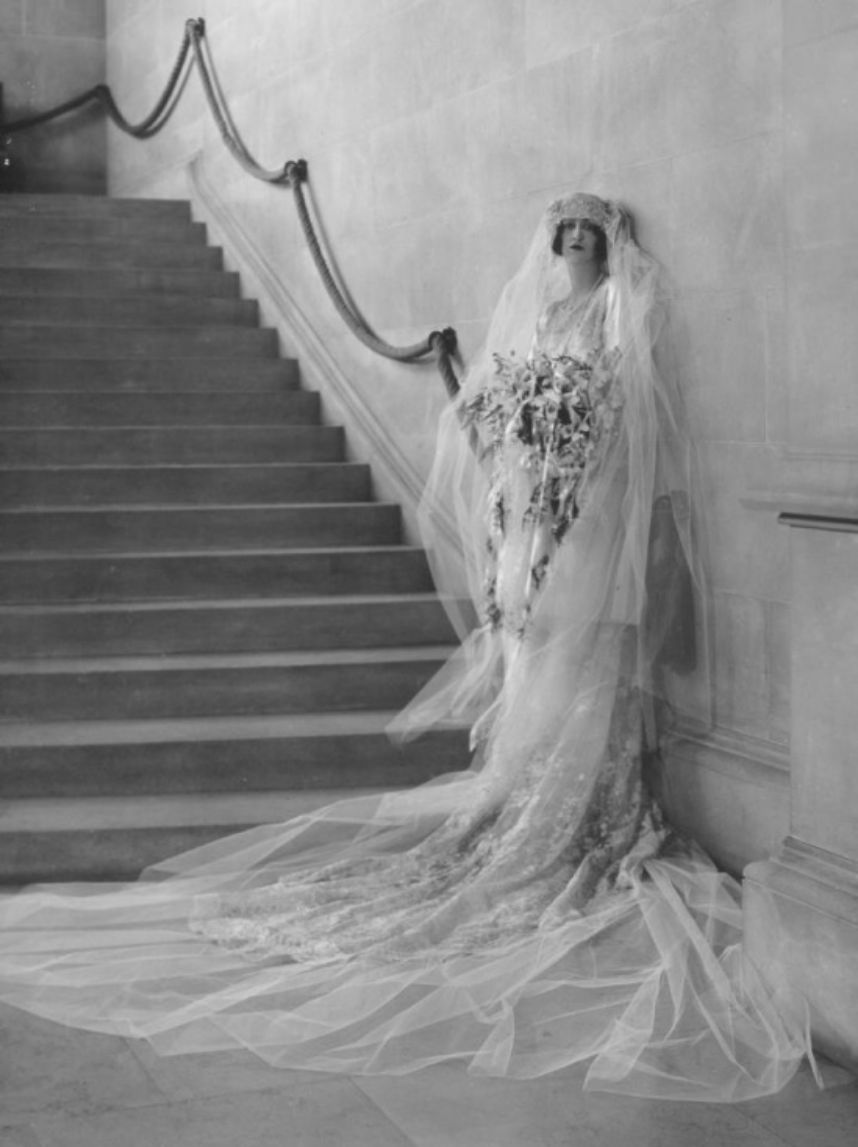
The wedding was held at the bride’s grandiose family residence — the Biltmore House in North Carolina. We’re talking about a guest list of 500 for the ceremony and 2,500+ for the reception — no expense was spared. (You can read all about the details here.)
It was the prosperity and innovation of the 1920s that is credited with launching the wedding industry that we know today. Now, let’s take a look at some of the most impactful innovations and weddings of the last 100 years.
100 YEARS OF THE WEDDING INDUSTRY
The 1920s
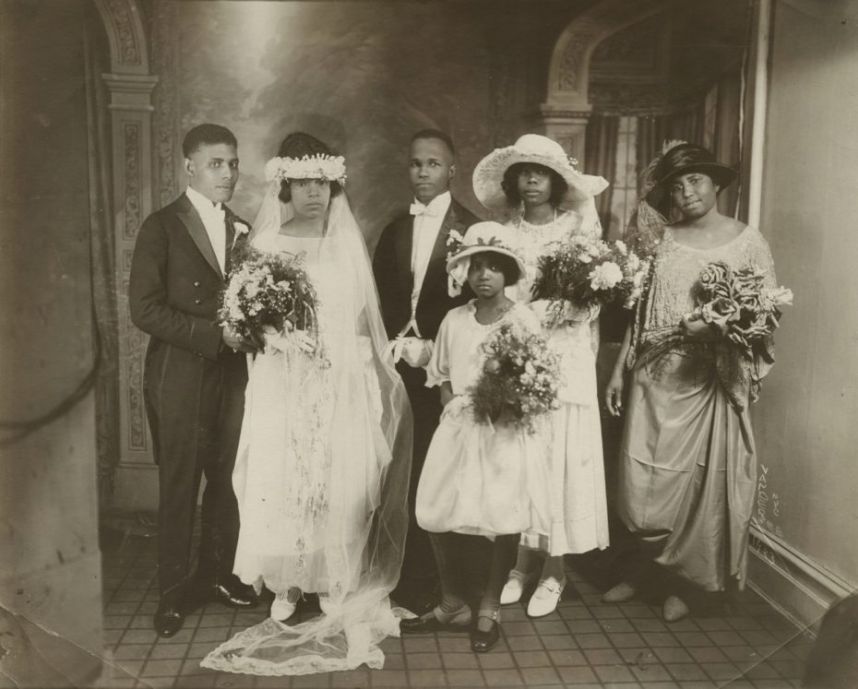
- Society weddings and technological advances (movies, radio,etc.) ushered in a celebrity culture that had everyday brides wanting to create the looks they were seeing publicized.
- The wedding registry was popularized by the Marshall Fields department store (now Macy’s). Other department stores who realized marketing to brides was a lucrative investment soon developed bridal departments and gift registry departments.
- The first fully automatic photo developing machine was created, which was the first step towards modern wedding photography.
The 1930s
- The Great Depression hit in the 1930s and all the silk and lace of the 1920s was too expensive for many brides. This lead to the invention of rayon — a much more cost-effective fabric for wedding dresses. (Even with that, many brides opted for the vintage tradition of wearing their best dress on the big day.)
- The first bridal magazine was launched.
The 1940s
- With the start of World War II, the number of weddings spiked significantly. Grooms often being shipped overseas shortly after. This lead to the popularity of the groom’s wedding ring, which was used as a symbol connecting the couple while they were separated.
- Diamonds rose in popularity in large part thanks to the De Beers “A Diamond is Forever” marketing campaign.
- The DIY wedding went mainstream again with brides using household items to create their bridal look. (Think lace curtains as veils, paper flower bouquets, and more.)
The 1950s
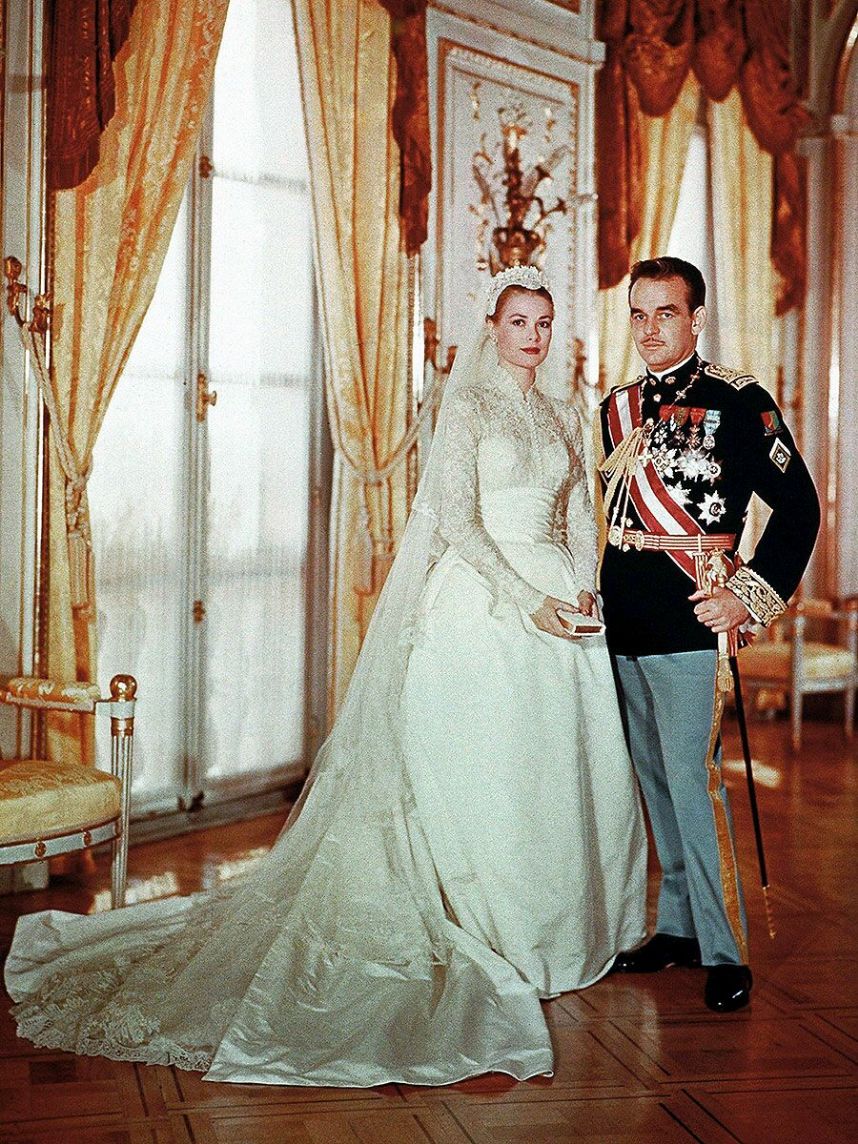
- Post-WWII wedding photography was revolutionized by portable cameras with flash. No longer did you have to be in the studio. The 50s saw a boom in how weddings were documented — now including all the fun, action, and detail shots.
- Cake toppers were popularized during this decade with options that range from replicas of the couple, floral arches, and bells.
- Elizabeth Taylor’s character in Father of the Bride (yes, Steve Martin’s is a remake) and Grace Kelly’s royal wedding brought the sweetheart neckline to its zenith. The sweetheart dresses of this decade were designed to be transitioned into strapless evening gowns with a short jacket.
The 1960s
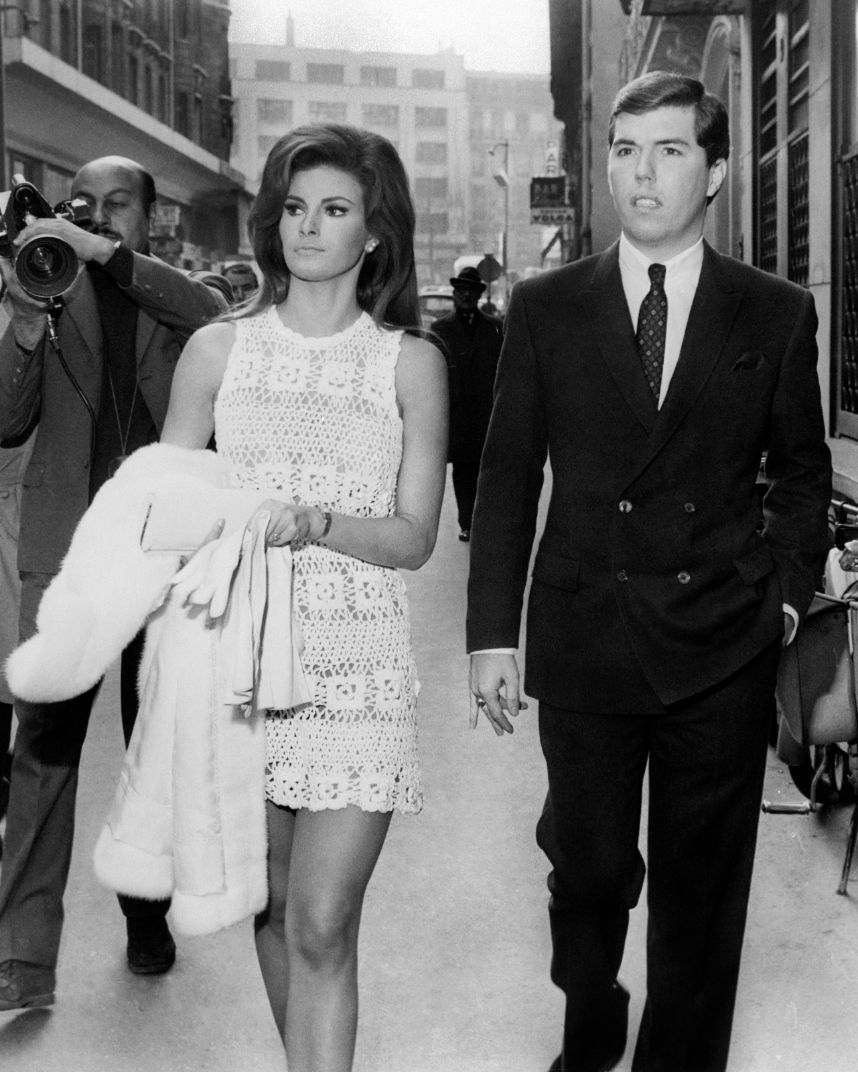
- The advent of the 747 jumbo jets brought affordable options for honeymooners looking for romantic destinations around the world.
- Social revolutions brought revolutionized bridal fashion ushering in mini-skirt wedding attire.
- While weddings were getting more elaborate, they were mostly still held in churches, homes, or city hall, while the receptions were popular to have at home or hotel ballrooms. (Quickie weddings and drive-thru chapels were on the rise as well.) During this decade, serving a full reception dinner was growing in popularity.
The 1970s
- Couples wanted to break out of the ordinary with destination weddings. Even something if that meant simply getting married outdoors. (Outdoor weddings were very en vogue.)
- Brides began wearing headpieces and grooms began wearing color. Wedding fashion varied greatly and the industry boomed.
The 1980s
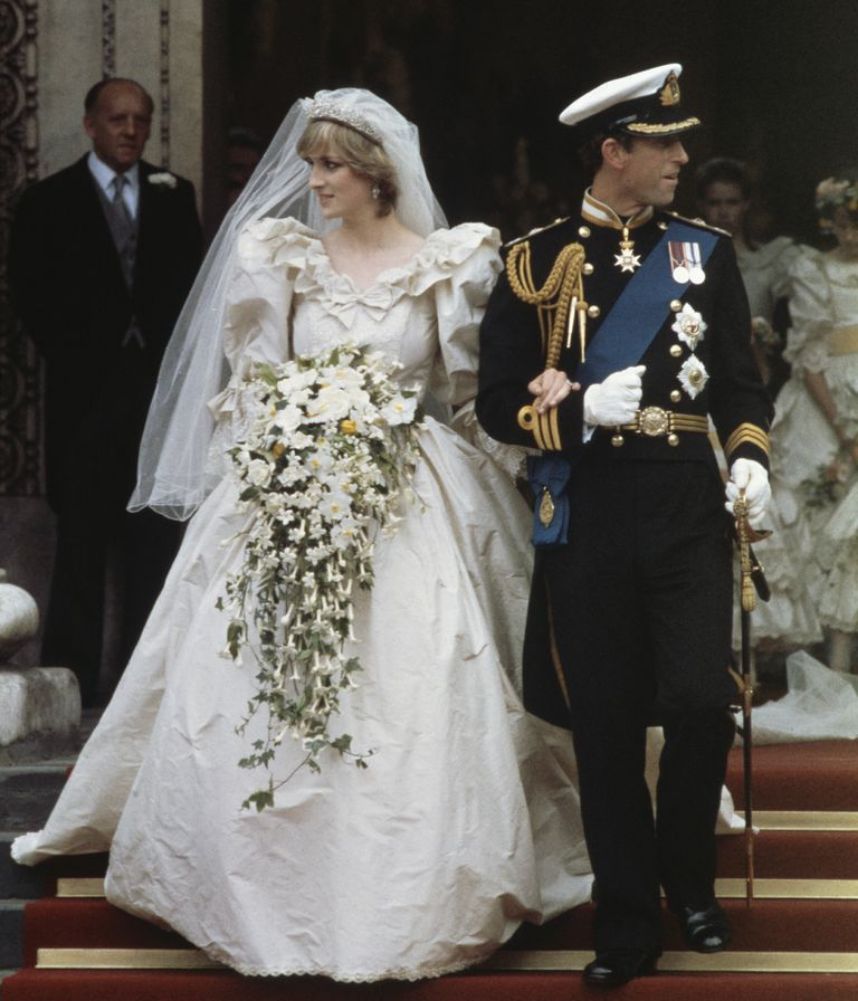
- The wedding of the century. You know what we’re talking about. The wedding of Charles and Diana. This event quite literally advanced the wedding industry quicker than anything had in decades. Over 750 million people saw their wedding — and couples wanted to recreate as much as possible. Wedding planners, designers, florists, and more — industry roles and services moved into the common lexicon.
- During this decade, the personal video camera was popularized, which lead to the mainstream use of wedding videography.
- The wedding cake nearly doubled in size and became a centerpiece of the wedding day itself.
- Live bands and entertainment grew more mainstream at wedding receptions.
The 1990s
- Wedding culture reigned supreme during the 90s and the wedding industry can thank Father of the Bride for launching a wedding craze. (Three years after that movie, Martha Stewart Weddings had its premier issue — paving the way for a new kind of bridal magazine.) Four Weddings and a Funeral, While You Were Sleeping, My Best Friend’s Wedding, The Wedding Singer, Runaway Bride, The Bird Cage, even Three Men, and a Little Lady — the list of wedding movies from this decade could go on and on.
- Wedding coordinators, planners, and designers became mainstream.
- Online wedding registries were born with Target offering Club Wed as one of the first options.
- Digital photography made wedding photos even easier to get and brought about unique styles that weren’t available before.
- Elopements and intimate ceremonies grew in popularity.
The 2000s
- Weddings moved from churches to country clubs, hotel ballrooms, and other non-religious venues. (Wedding fashion was affected by this because now more brides could wear strapless or spaghetti strap gowns.) This was the beginning of the custom venue we will see in the next decade.
- Writing your own vows became popular thanks in part to shows like Friends.
- The wedding industry began to grow with the dot com boom with new companies like Honeyfund.
- The rise of social media brought about the popular wedding dance craze and other unique traditions. (Think Pam and Jim’s wedding on The Office.) This wedding culture craze and customized wedding items were born through sites like Etsy which launched during this time.
The 2010s
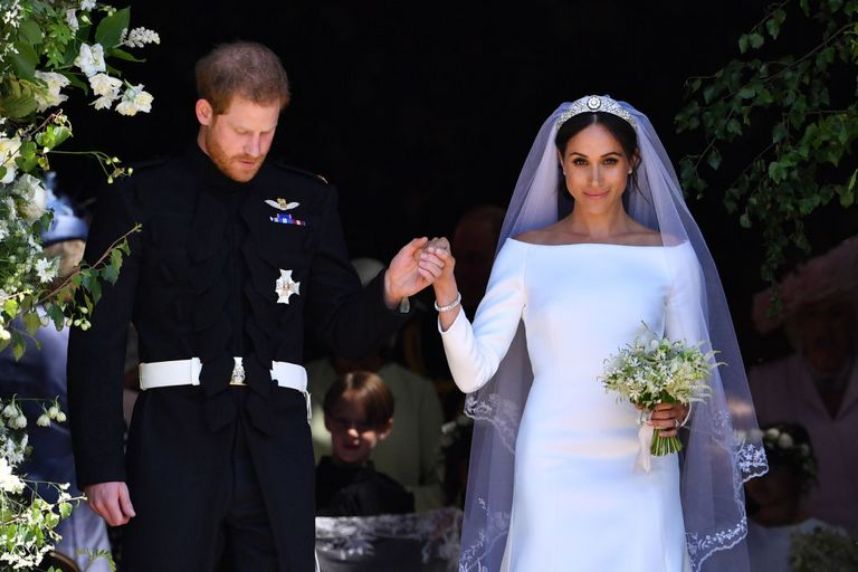
- Wedding websites became the norm.
- The popularization of wedding blogs and social media lead to yet another boom in the wedding industry and brought about accessibility for wedding professionals to showcase their work faster, and in greater detail than ever before.
- Custom wedding venues — built specifically as wedding and event venues saw an exponential increase.
- Technological advancements made cinematic wedding videos accessible to more people. Teaser videos to share with your social media following became popular as well.
The 2020s
- COVID-19 ushered in a new wave of technological advancements as well as a return to simple home-style weddings. During the pandemic, weddings were brought to a halt, then couples married on Zoom and in their backyards.
THE NEXT 100 YEARS IN WEDDINGS
The rest of the story is being written by wedding professionals like you — and as we’ve seen so far, love will prevail.
The wedding industry has grown so much in the last 100 years. Every time we see a cultural shift or technological advance, you can see the wedding industry adapt.
For more insights on how the wedding industry can learn from their history, click here.
__
Written by Corrie McGee
Photo Courtesy of Tatler


